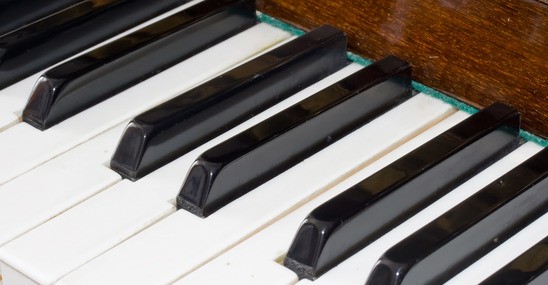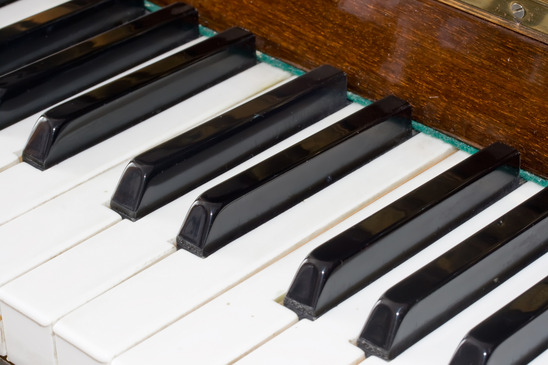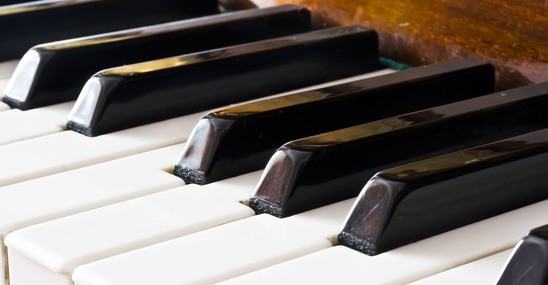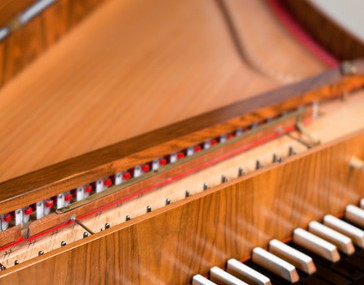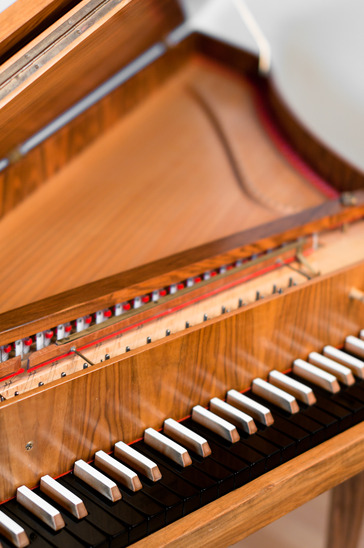Chances are you’ve heard the old stories about ivory being used for the keys on pianos. And when pianos were first developed, ivory was the resource of choice for the 88 keys that make up most piano keyboards. Ever heard the phrase “tickling the ivories”? Yes, it came from the idea of playing a piano with ivory keys.
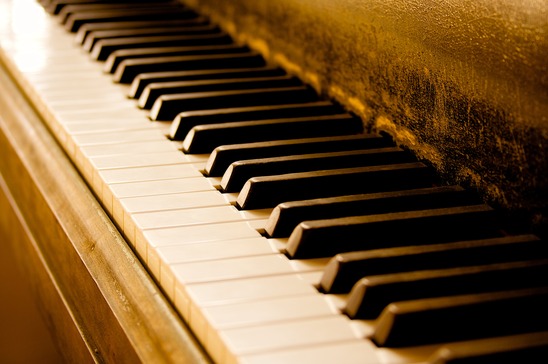 Ivory is a substance that comes from tusks of elephants and a few other types of animals, such as walrus. When ivory was considered a precious material used in all types of trade, including pianos, elephants were hunted down exclusively for their tusks. As the problem was exposed and the plight of the elephant came into consciousness, manufacturers quickly made the decision to change the materials used in production.
Ivory is a substance that comes from tusks of elephants and a few other types of animals, such as walrus. When ivory was considered a precious material used in all types of trade, including pianos, elephants were hunted down exclusively for their tusks. As the problem was exposed and the plight of the elephant came into consciousness, manufacturers quickly made the decision to change the materials used in production.
When keys were made out of ivory, they were not solid blocks of ivory. Instead, they were a thin veneer covering laid over a wooden key.
In today’s world, ivory is a banned material, and has been banned in the U.S. since the 1970s. All keys made for today’s pianos are created from plastic. Talk to us today about the best piano brand choices.
Most pianos made up until 1956 have the potential for ivory veneer on the keys. After the CITES Treaty, use of ivory was tracked and lessened until the U.S. officially banned use altogether.
Ivory does not increase the value or add to the rareness of an antique piano. Any piano with ivory keys must maintain a permit showing the details of origination and all that has occurred with the piano since its creation. If you move a piano from Europe to California, for example, you will have to be able to prove what type of animal and scientific name of animals as well as age – when the keys were replace, date and what manufacture date the ivory was made. If you don’t have proper documents, your piano may be confiscated.
If you do have a piano with ivory keys, you cannot remove the ivory veneer and use the ivory for something else. Fashioning veneers into jewelry or inlays now is considered manufacturing a banned material in the eyes of the law, and will base the new product on the date of creation – which means you can be charged if you get caught.
While there is a possibility of replacing old and broken keys with pre-ban Museum stockpiles of tusks, it’s a very expensive process. A more likely choice is to replace keys with simulated ivory or plastic key covers, which wear better and will increase the uniformity of your keyboard.
If you have old ivory keys, remember to use a natural cleanser without water, bleach or chemicals. Water will cause ivory to curl, and chemicals can hurt the quality of the ivory.

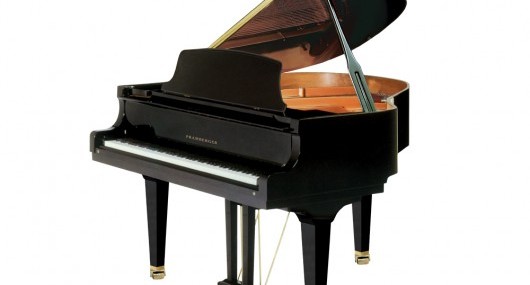
 2. One of the most famous pianos is a Steinway. Steinway & Sons was started in 1853 by Engelhard Steinweg and his three sons – who later Americanized his name to Henry Steinway as a way to compete in the American marketplace. There are currently six Steinways in the Smithsonian collection.
2. One of the most famous pianos is a Steinway. Steinway & Sons was started in 1853 by Engelhard Steinweg and his three sons – who later Americanized his name to Henry Steinway as a way to compete in the American marketplace. There are currently six Steinways in the Smithsonian collection.

